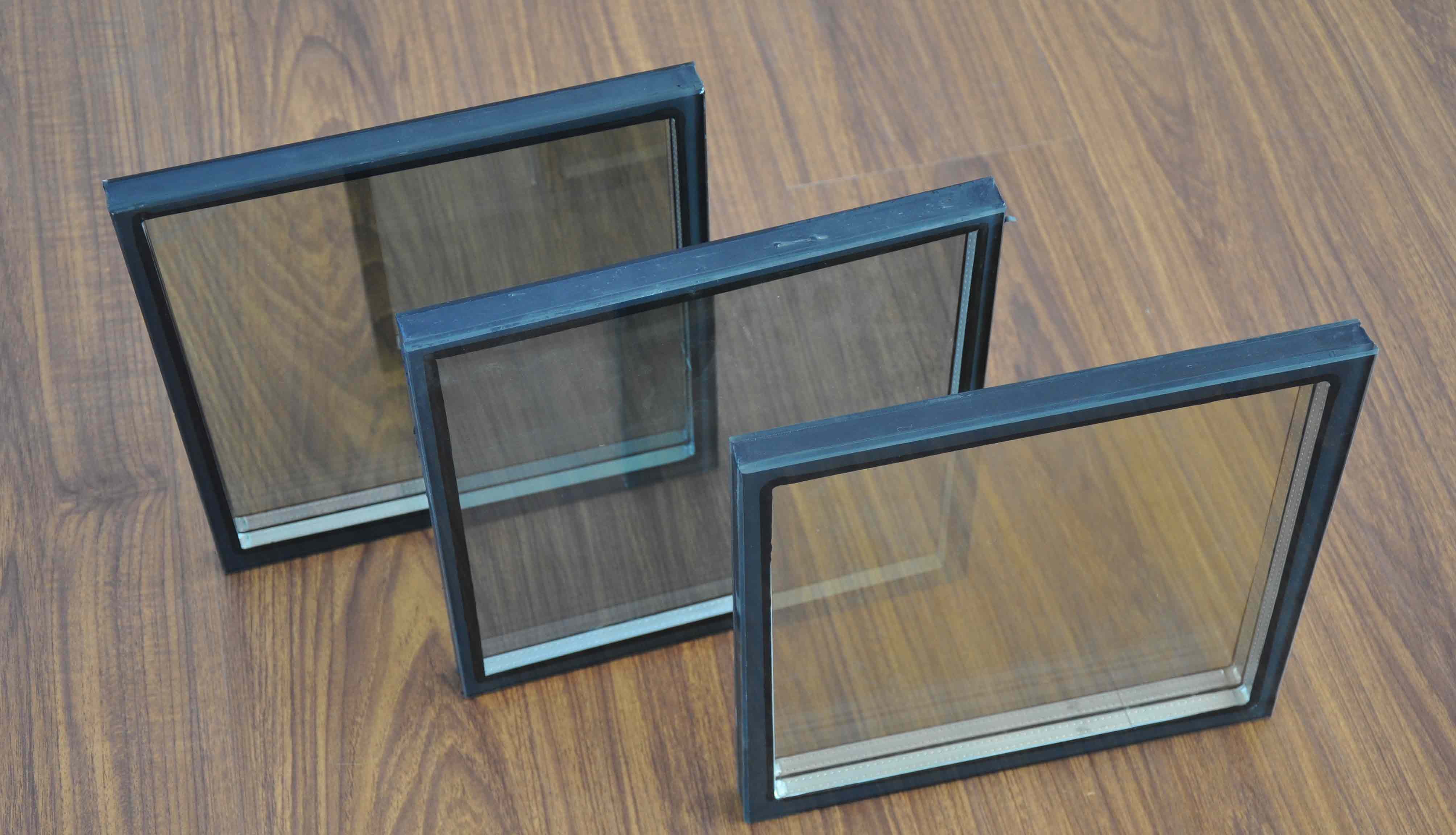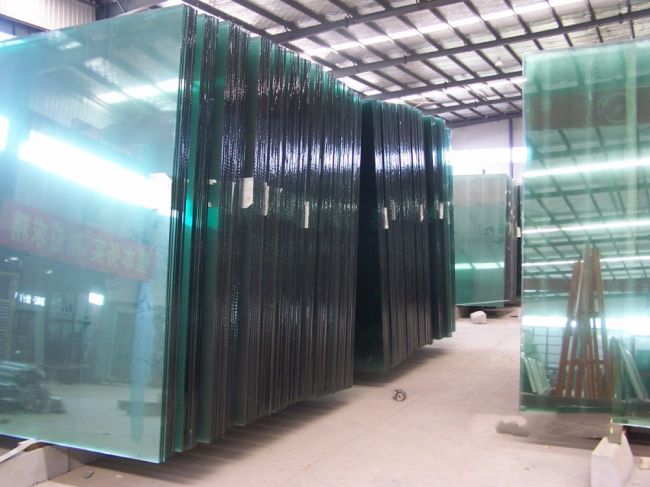View: Time: 2017-12-6 17:44:18
The director of the energy office equipment department of the Department of Natural Resources Canada Debbie Sharf (Debbie Scharf) say“Canada considers strict Windows standards".
The save energy glass and double glazing company and factory will meet more business opportunity. So the canada market will is a very important new market.


Debbie Scharf's Say as Below:
"I'm sure we're not going to make everyone happy."
This is the director of the energy office equipment department of the Department of Natural Resources Canada Debbie Sharf (Debbie Scharf) at the international center of Ontario Province, Canada Mississauga WinDoor trade show the government of Canada on improving building energy efficiency advice.
The pan Canadian clean growth and climate change framework was introduced in December 2016, seeking to reduce energy consumption by 30% by building efficiency, and set a strict target for Canada's three window in 2030. This huge market shift is the focus of many people in the audience.
One participant said in a question and answer session, "there are a lot of people there. "A lot of companies are going to disappear. This is almost impossible for a general company. "
Another participant raised a particularly difficult question:
"Do we have to buy a lot of products from the market?"
Despite these worries, Sharf has repeatedly stressed that nothing can be done.
"These are ideal goals," she said. "They are setting the direction of the market. They are essentially directional. This is where we want to see the trend of the market. "
According to Sharf (Scharf), the Canadian Ministry of natural resources is committed to economically and technically feasible standards. It is carrying out the strategy of market transformation with the provinces and regions. Consumer education will support these regulations by labeling.
Today, 17% of the greenhouse gases in Canada are produced by buildings, and the internal heat of the building accounts for 56-64% of the energy use. Windows can account for 35% of the typical household heat loss.
According to Sharf's statement, if Canada changes all residential windows to 0.8 U factor, the country can reduce 9% of the country's energy use and reduce greenhouse gas 5 tons.
The "Pan Canadian framework" requires an average U factor of 1.6 in 2020. The feedback from the industry shows that it can be achieved with current technology, Sharf said.
By 2025, it looked for 1.2 of the U factor for the window. This will be a "huge change" for many companies, Sharf said, and there are challenges in installation, windows and costs.
By 2030, the plan required 0.8 U factors for windows. This actually means Canada requires three window panes, and Sharf says there are many obstacles to this goal.
"We need to do a lot of work to get there," she said.
In addition, there is only one climate zone in Canada, and the Canadian natural resources department is currently using only three of the country's Energy Star program.
However, she says there are five obstacles to success: availability, consciousness, accessibility, and acceptability.
"We want to build a system with the lightest industrial burden," Sharf said.
The Canadian natural resources department recently held a R & D (R & D) symposium with 25 participants, including researchers, manufacturers and associations. A big problem is to determine the role of U factor and the thermal gain coefficient of solar energy in determining the efficiency target.
Other areas discussed include seminars on R & D and low electronic coating is three times thinner; learning window configurations, and wall panels and flashing integration; improved design to reduce thermal bridge and to better understand the performance of edge; and focus on insulation technology. Scharft says there is not much attention to dynamic windows and photovoltaic power.
Julf said the Canadian government is considering adding residential windows to federal regulations. This will establish minimum performance standards, as well as testing, certification, labeling and reporting requirements. They will apply to all imported products to Canada, made in Canada and shipped from one province to another. They will also supplement the provincial regulations covering the sale of the provinces in the province.
Sharf said that the time arrangement will be influenced by stakeholder consultation and federal regulatory procedures, and Canada may try to use energy star to achieve these goals. Regular updates are usually done every five years, and the last is 2015. This means that the next one will expire in 2020, which is in line with the first benchmark of the Canadian Department of natural resources.
The next step in improving the standards will be in the form of a government / stakeholder seminar to develop a window roadmap for Canada. These will work hard to set up concrete measures to solve the obstacles that are determined to achieve the ideal goal.
"It's not the end of the road map," Sharf said. "It's just the beginning."
A nationwide market research, which was first discussed by Scharf in June 2017 in Halifax, Nova Scotia, Canada, was completed half of the national market research. It is expected to be delivered to the energy minister next summer.
. Structural Glass Curtain Walls
. What is color! Simple Talking ...
. Advantages and uses of toughen...
. Various glass defects and solu...
Office Addr:Room 1107, B1 Block, Tianan Cyber,Nancheng Area, Dongguan City, Guangdong Province, China,
Factory Addr:Taiying Industrial, Hongmei Town, Dongguan City, Guangdong Province, China
86-769-22273585
86-18145870793
![]()